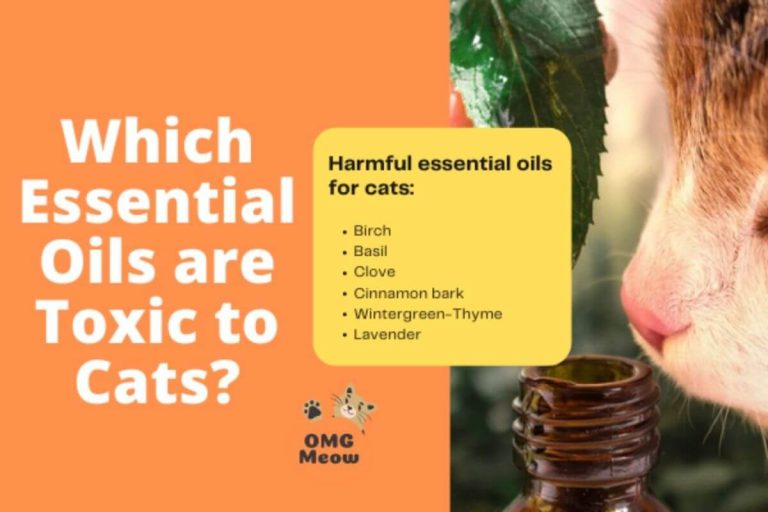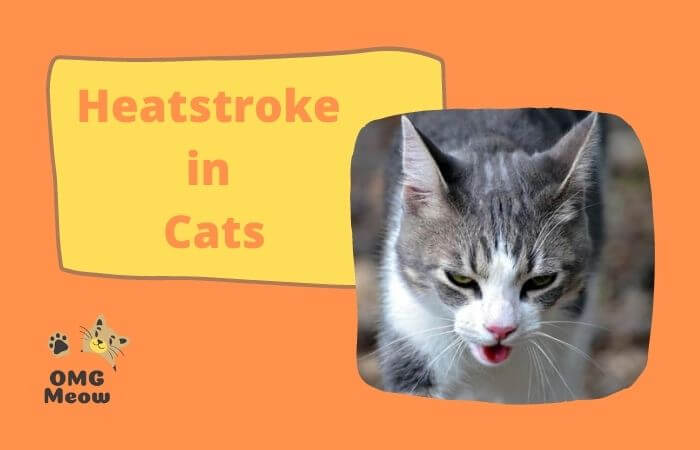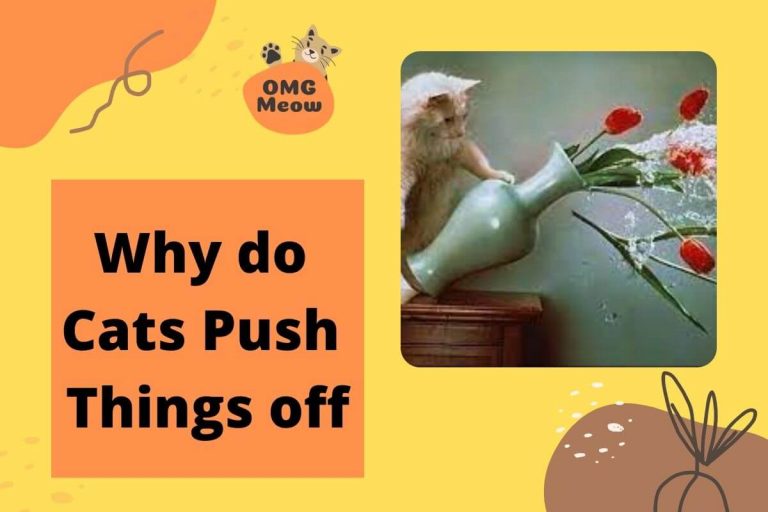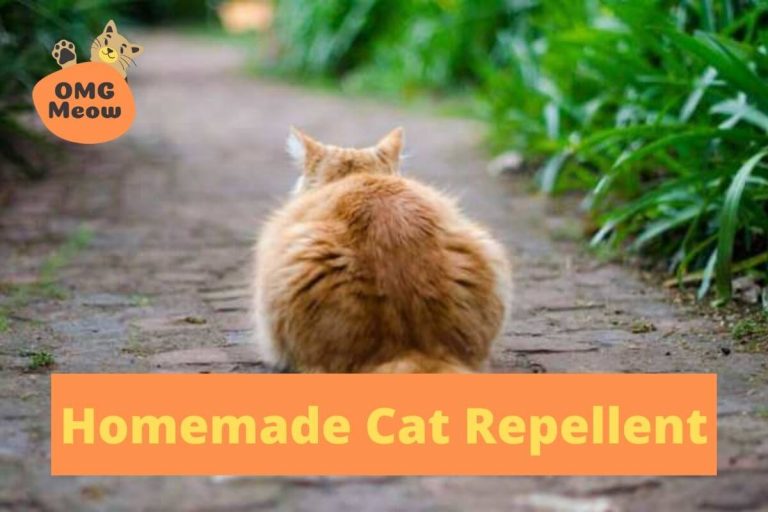As in humans, a kitten’s first teeth are called baby teeth. As the feline grows into an adult, these temporary teeth fall out and are replaced by a set of permanent teeth.
Have you ever examined your cat’s mouth to see how many teeth it has? The minimum number of teeth might surprise you.
How many teeth do cats have?
The number of teeth a cat has depends specifically on its age. Between the first and fourth months, the kitten develops 26 milk teeth, which it uses temporarily. Weeks later, these teeth fall out and give way to the new set of 30 permanent teeth, 14 on the top and 16 on the bottom. Adult teeth grow and become stronger between 6 and 12 months of age.
Cat teeth according to age: milk teeth and adult teeth
As we mentioned before, cats develop 2 types of teeth throughout their lives. First, the deciduous or baby teeth come in, and then the permanent or permanent teeth. It is worth clarifying that, at birth, little kittens completely lack teeth.
Milk teeth
As early as the third or fourth week of age, kittens begin to develop their primary tooth set, which is made up of 2 lower canines, 2 upper canines, 6 upper premolars, 4 lower premolars, and 12 incisors. There are 26 milk teeth in total.
Kittens don’t have baby molars; molars in felines are exclusive to adults.
Baby teeth are quite fragile compared to adult cat permanent teeth. These are slightly translucent in color and small enough to fit in the pussy’s mouth. Once they start to come out, they help promote weaning given the irritation they cause to the mother cat.
Permanent teeth
After the fall of the deciduous teeth, around 3-4 months of age, the eruption of the definitive teeth begins. By the age of 6 months, the cat will have a total of 30 adult teeth: 4 molars, 10 premolars, 4 canines, and 12 incisors.
The incisors appear first, then the canines, and later, the premolars and molars.
During this stage, it is normal for cats to experience typical teething symptoms, including drooling, difficulty eating, sore gums, unusual mouth odor, and irritable behavior. In addition, it is common for them to feel the need to chew things that they should not.
“While your kitty is teething, try to redirect her chewing instinct to acceptable objects, ideally approved chew toys. Don’t let him chew on things that could damage his teeth.”
Unlike human teeth, adult cat teeth do not focus so much on chewing, but rather on grinding and chipping functions.
5 Facts you may not know about your cat’s teeth
1. The cat’s teeth are optimized for hunting
The shape of the crowns of the feline teeth reflects the function of a true carnivore. Your pet cat’s teeth are designed to hunt, cut, and tear, just like a wild cat’s teeth are designed to kill prey.
Since its large canine teeth (fangs) are optimized to pierce the skin, it’s no wonder a cat bite hurts so much.
2. Different types of teeth do not serve the same purpose
Not all teeth are designed for hunting. The different types of teeth have specialized functions depending on their position in the mouth. For example, the incisors, those tiny teeth located in the front of the mouth between the canines, are most useful for picking up objects, nibbling, and grooming.
Some cats also use them to scratch, bite their claws, and remove loose pieces from their nails.
For their part, the posterior molar and premolar teeth serve to crush food into smaller pieces and be able to swallow it.
3. Cats don’t have true cavities
Apparently, this not only has to do with the characteristics of the feline diet, but also with the shape of its teeth.
Cats do not have horizontal surfaces on their molars, hence they cannot develop true cavities like humans. Typically, the bacteria responsible for cavities thrive in the pits and crevices found in these occlusal surfaces designed to grind food.
4. Cats rarely show dental pain
Surely you already know that cats are very good at hiding pain. This is why it is so important to be proactive and pay attention to other possible symptoms that indicate the presence of a dental problem. This includes reddened gums, unusual drooling, changes in eating habits, and bad breath (such as rotten).
5. A cat can eat well after losing one or more teeth
Don’t be too distressed if your cat requires the extraction of 1 or more teeth. The pet will be able to continue to eat normally and live a healthy life. Although you may only need to give him wet food, many can still eat even dry food.






